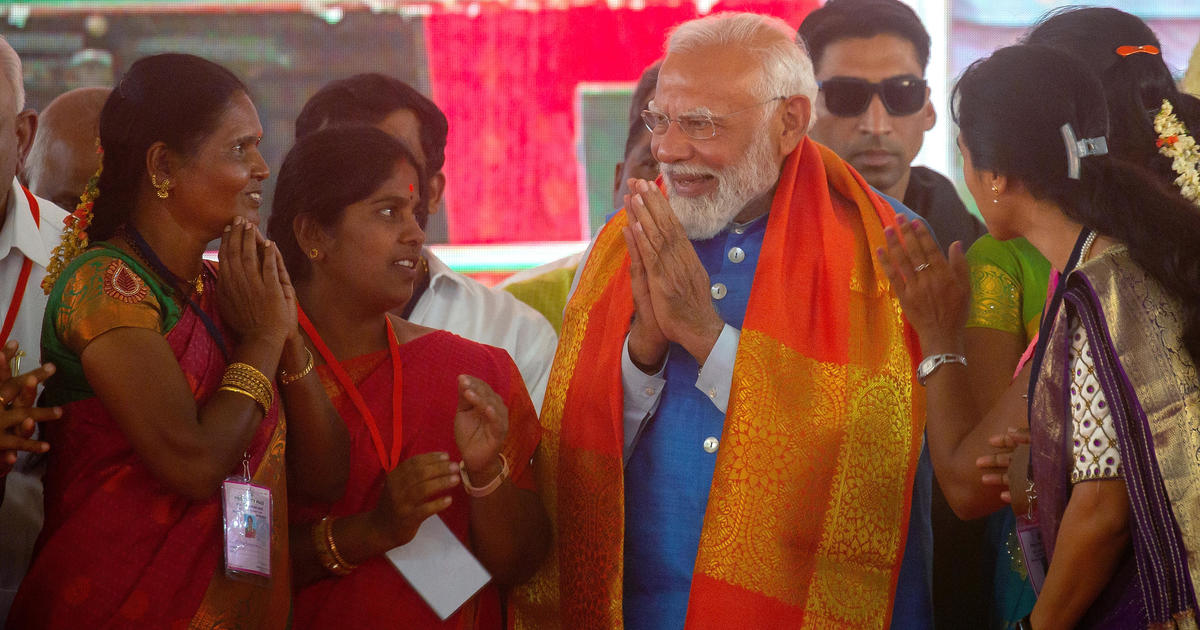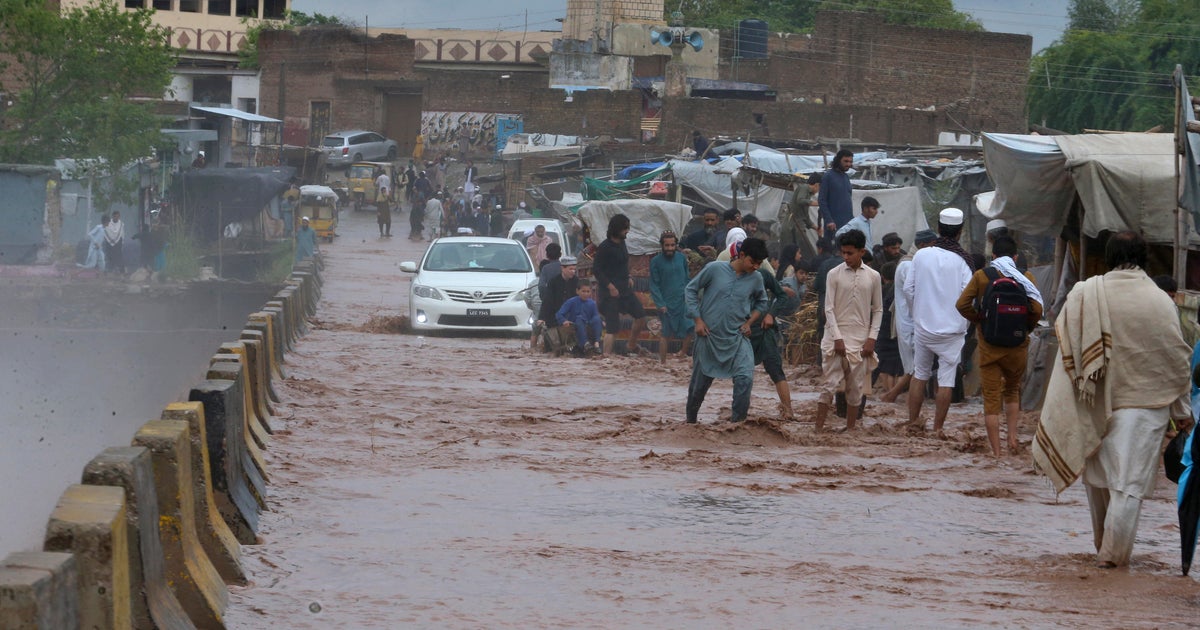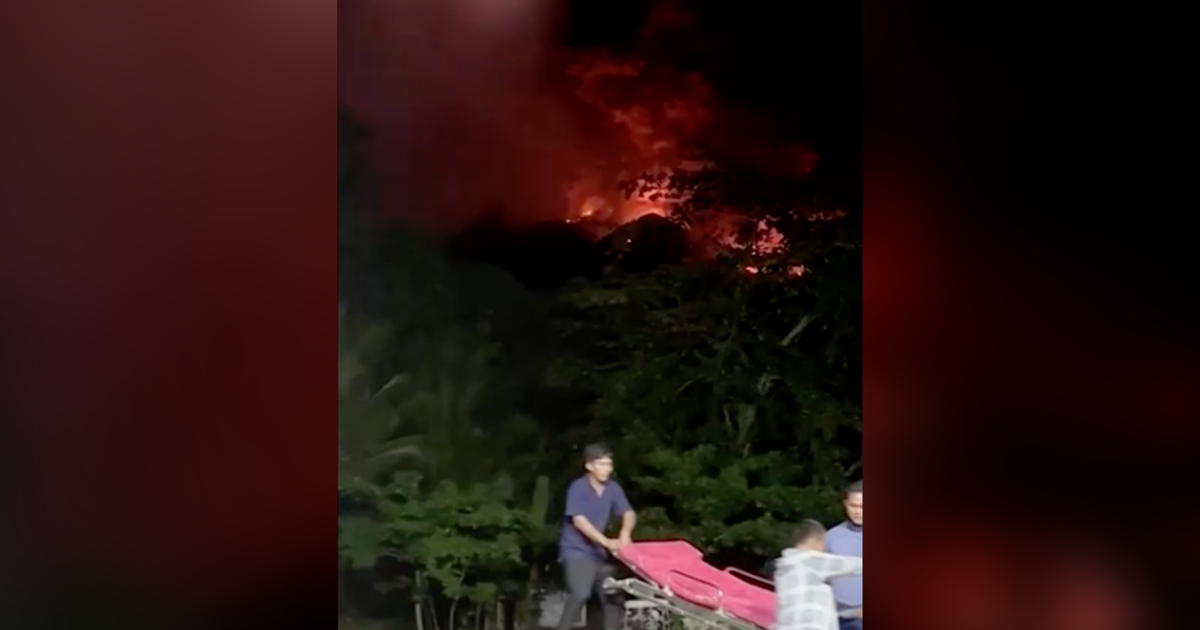Cyclone Amphan kills more than 80 people as it tears through India and Bangladesh
New Delhi — Cyclone Amphan barrelled through eastern India's coastal communities and neighboring Bangladesh on Wednesday, leaving at least 84 people dead. It was the strongest Super Cyclone ever recorded in the Bay of Bengal, but it lost much of its steam before making landfall.
Still, Amphan packed a serious punch. Wind gusts over 110 miles per hour uprooted trees and damaged homes, power lines and telephone cables across much of India's West Bengal state. Flooding was also a problem as both storm surge and heavy rains inundated some areas and flooded a major airport.
At least 72 people were killed in West Bengal state alone, and two more deaths were reported in neighboring Odisha, according to the state government. Most of the deaths in India were blamed on trees falling on people or wind and water collapsing homes.
Bangladesh reported 10 deaths and said 1 million people were left without power as electricity poles were toppled in south and southwestern parts of the country.
By Thursday the main threat had passed; the cyclone had weakened into "deep tropical depression," expected to fizzle out by the end of the day.
West Bengal state bore the brunt of the storm. Though rural areas in the south of the state were hit hardest, Amphan left a trail of destruction through the state capital of Kolkata, one of India's four biggest cities.
Local TV stations showed pictures of Kolkata airport inundated with flood water, with some hangers collapsed.
Power and communication lines were still down Thursday afternoon, and several major roads were blocked by fallen trees in the city of almost 15 million people.
"The cyclone was intense and did not abate for a long time. It was a gradual build-up when the force started pulling walls down, breaking windows and crashing signboards," resident Ammar Hamid, 30, told CBS News after he watched Amphan tear through his city. "There were heavy curtains of rain, the constant whizz of the wind was so loud that even shuttered windows made a scary noise."
Police and teams from India's national disaster response force were already out clearing roads and repairing communication lines Thursday, but West Bengal state's Chief Minister, Mamata Banerjee, said it would take ," at least three days just to assess the damage. Entire island communities just off the state's coast remained completely cut off by flooding and the downing of cables.
"It's a disaster bigger than COVID," she said, though India is still grappling with the coronavirus crisis, too.
"Efforts are on to ensure normalcy," assured Prime Minister Narendra Modi in a tweet. "No stone will be left unturned in helping the affected."
The next few days will be a major test for authorities in both India and Bangladesh, as they have to continue addressing the coronavirus pandemic, while also cleaning up from the deadly storm and getting hundreds of thousands of people out of shelters and back into devastated communities.




